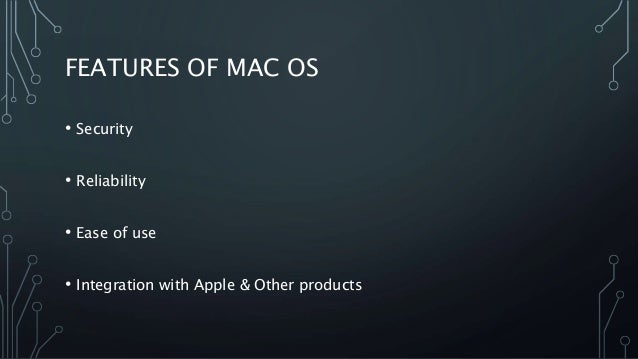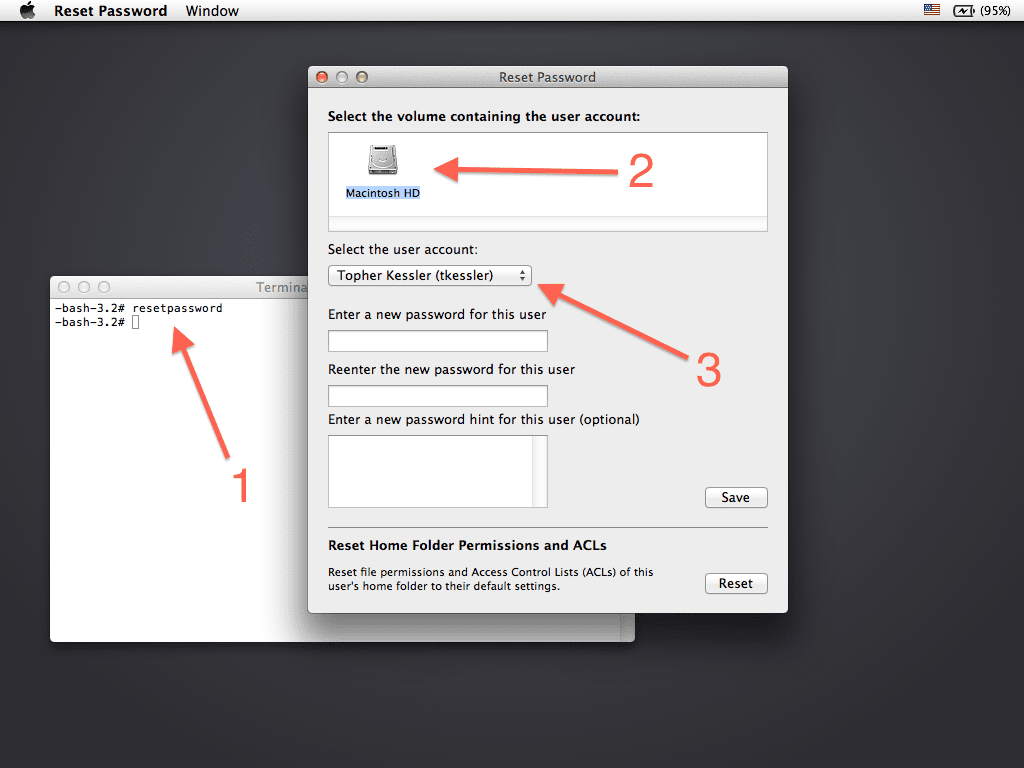- Default Root Password Mac Os X Snow Leopard
- Root Password For Mac Os High Sierra
- Enable Root User Mac Terminal
- Mac Root User
- Root Password For Mac Os 10.10
- Mac Su Password Default
Use One Admin Account to Reset Another Admin Account. Since Mac OS X 10.4, Apple allows. This post explains how to reset the MySQL root user on a Mac running OS 10.10. This procedure is for the case that you are unable to log in as the root user and need to reset the root user’s password. Note that there are 2 colored sets of examples. One is for MySQL installed by Brew. 1) Stop the MySQL server.

Update 11/29/2017 9:47 AM California time: Apple patched the flaw on Wednesday morning. Installing the patch immediately is the best way for Mac users to protect themselves and supersedes any mitigation advice. What follows is the story as written before the patch was available.
Or you can use the SET PASSWORD query. SET PASSWORD FOR 'root'@'localhost' = PASSWORD('secret'); Make sure to FLUSH PRIVILEGES; after that. You’ve got a new root password as I have shown you how to update root password in MariaDB 10.4 on MacOS and it also works for Windows and Linux. No need to use Mac installer disc or third-party software. Method 1: Reset Forgotten MacOS Mojave Password in Single-User Mode. Single-user mode under Mac OS X gives you all root privileges without root password. This allows forgetful users to create a new admin account when they're locked out of Mac due to forgetting password. In light of the recent security concerns with macOS that allows anyone to easily gain root access (https://9to5mac.com/2017/11/28/how-to-set-root-password/).
In one of Apple's biggest security blunders in years, a bug in macOS High Sierra allows untrusted users to gain unfettered administrative control without any password.
The bypass works by putting the word 'root' (without the quotes) in the user name field of a login window, moving the cursor into the password field, and then hitting enter button with the password field empty. With that—after a few tries in some cases—the latest version of Apple's operating system logs the user in with root privileges. Ars reporters were able to replicate the behavior multiple times on three Macs. The flaw isn't present on previous macOS versions.


The password bypass can be exploited in a variety of ways, depending on the way the targeted Mac has been set up. When full-disk encryption is turned off, an untrusted user can turn on a Mac that's fully powered down and log in as root. Exploiting the vulnerability was also not possible when a Mac was turned on and the screen was password protected. Even on Macs that have filevault turned on, the bypass can also be used to make unauthorized changes to the Mac System Preferences (including disabling filevault), or the bypass can be used to log in as root after logging out of an existing account but not turning off the machine. The behavior observed in Ars tests and reported on social media was extremely inconsistent, so results are likely to vary widely.
The upshot of all of this: as long as someone has filevault turned on, their files are most likely safe from this exploit as long as their Mac is turned off before an attacker gets hold of it. Locking a screen with a password also appeared to protect a computer while it's unattended.
Default Root Password Mac Os X Snow Leopard
Privilege escalation

Of more concern is that malicious hackers can exploit this vulnerability to give their malware unfettered control over the computer and OS. Such escalation-of-privilege exploits have become increasingly valuable over the past decade as a way to defeat modern OS defenses. A key protection found in virtually all OSes is to restrict the privileges given to running software. As a result, even when attackers succeed in executing malicious code, they're unable to get the malware permanently installed or to access sensitive parts of the OS.
'This looks like something that a piece of malware or an attacker could use in a multistage attack,' Patrick Wardle, a researcher with security firm Synack, told Ars. In cases such as these, attackers use one exploit to run their malicious code and a second exploit to escalate the privileges of that code so it can perform actions that the OS normally wouldn't allow. 'This appears to be one way malware or an attacker would be able to do that.'
Amit Serper, principal security researcher at Cybereason, said his tests showed the vulnerability is located in com.apple.loginwindow, a macOS component that's one of at least two ways users can log into accounts. He said he was unable to reproduce the exploit using a Mac's terminal window, although he said he saw reports on Twitter from other people who said the bypass worked using the terminal window as well. Whatever the case, he agreed with Wardle that the flaw likely represents a major privilege-escalation vulnerability that can be exploited easily by malware developers.
Root Password For Mac Os High Sierra
'If they're using API (programming interface) calls, it's a matter of writing the appropriate code,' Serper told Ars. 'An attacker should be able to trigger it.'
The vulnerability can also have dire consequences for people who have made their Macs accessible through remote management screen sharing provided through macOS or third-party services. Will Dormann, a vulerability analyst at CERT, said on Twitter that having remote options turned on will allow attackers to remotely access the machine with no password required. Results from a quick search that were posted on Twitter showed more than 105,000 Macs alone had the VNC remote desktop app installed. To check if remote management or screen sharing is on, users can check the Sharing menu in System Preferences.
The bug came to light Tuesday morning when a Mac user contacted Apple support representatives over Twitter:
Dear @AppleSupport, we noticed a *HUGE* security issue at MacOS High Sierra. Anyone can login as 'root' with empty password after clicking on login button several times. Are you aware of it @Apple?
— Lemi Orhan Ergin (@lemiorhan) November 28, 2017
Remember goto fail?
A vulnerability that logs users in as root without requiring any password at all is extraordinary, both because of the lack of testing it suggests on the part of Apple developers and the potential harm it presents to end users. The last time in recent memory Apple made an error of this magnitude was the so-called goto fail bug that gave attackers an easy way to bypass TLS encryption. It took Apple four days to patch the critical flaw, which got its name from one of the lines of code responsible for the vulnerability.Enable Root User Mac Terminal
Apple representatives issued the following statement:
We are working on a software update to address this issue. In the meantime, setting a root password prevents unauthorized access to your Mac. To enable the Root User and set a password, please follow the instructions here: https://support.apple.com/en-us/HT204012. If a Root User is already enabled, to ensure a blank password is not set, please follow the instructions from the 'Change the root password' section.
Specifically, users should do the following:
- open the Users & Account menu in System Prefereces
- click the padlock at the bottom and enter an administrator name and password
- click Login Options
- Click Join (or Edit)
- Click Open Directory Utility
- Click the padlock at the bottom and enter an administrator name and password
- From the menu bar in Directory Utility, choose Edit > Change password
- Enter a strong password
Mac Root User
The most important part for now is not to disable the root account. That only allows the root account to be re-enabled by putting 'root' in a user name field and leaving the password blank. Until Apple issues a patch, people should secure the root account with a strong password and leave the account enabled. As always, passwords should be at least 13 characters long, randomly generated, and contain a mixture of numbers, upper- and lower-case letters, and symbols. As an added layer of security, users should also ensure they have filevault turned on.
Root Password For Mac Os 10.10
Some researchers are speculating unsecured root account doesn't exist until someone with physical access to the Mac attempts to log in while leaving the password blank. That has prompted advice Mac users not test their systems lest they create a persistent root user account that wasn't there previously. Other researchers report here and here being able to exploit the weakness to remotely log into a Mac, with no previous local login attempts.
Mac Su Password Default
This post was updated extensively over several hours as new details became available.

